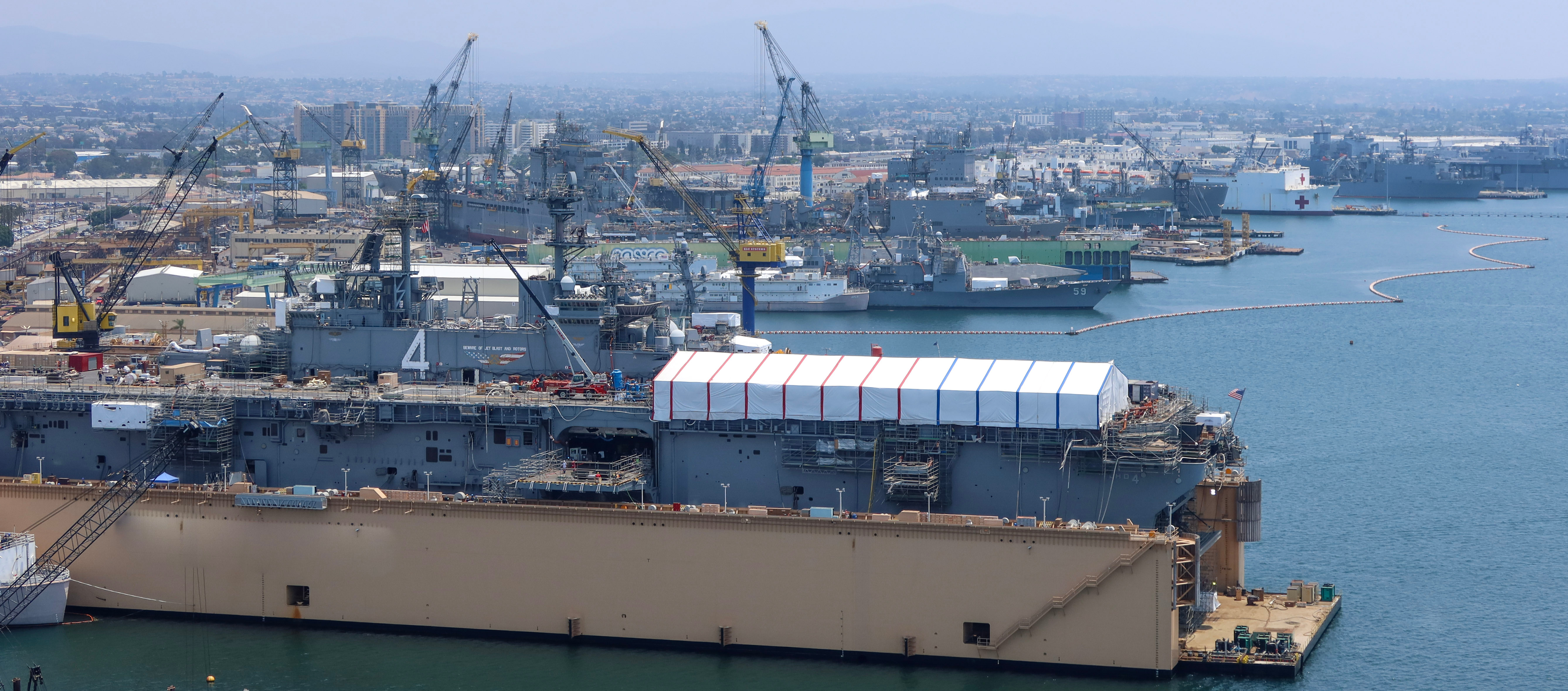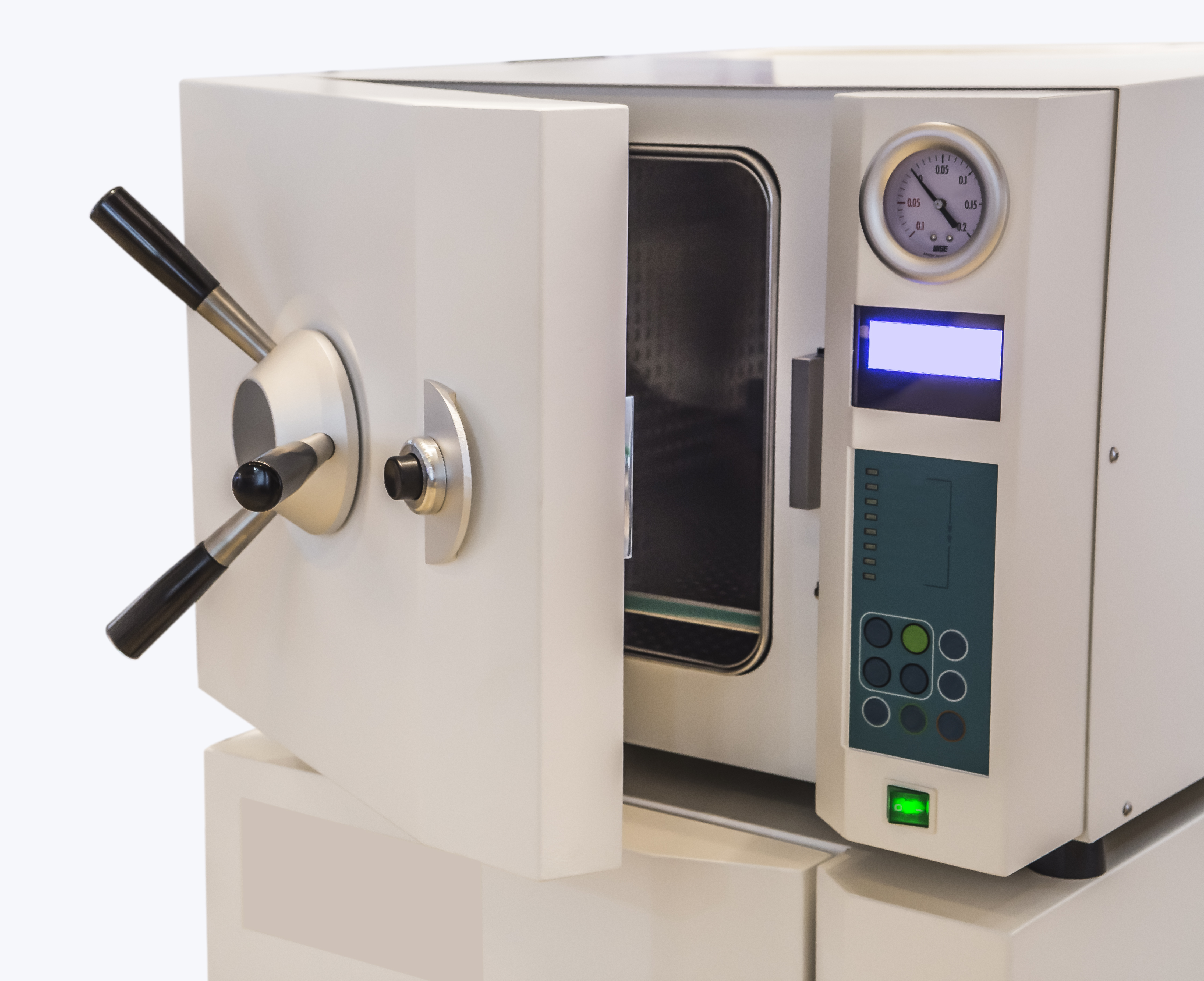Safety gap analyses are systematic assessments used to identify discrepancies between existing safety measures and desired safety standards. When applied to utility sites, these analyses can significantly contribute to reducing incident rates by addressing and mitigating safety gaps. Here’s how safety gap analyses work in this context: Identifying Current Safety Practices: The first step involves […]
Continue readingAnticipating Health Safety Hazards in Shipyard Environments
Whether you’re a contractor hired to do work at a shipyard, a shipyard employee, or a crewmember on a ship, you should be aware of the unique dangers lurking in shipyard environments. Protecting workers’ health in these distinct settings requires expertise in all areas of industrial hygiene and safety and an acute awareness of both […]
Continue readingProposed Changes to OSHA PSM: How it May Affect Your Site
In September 2022, OSHA formally announced proposed amendments to the Process Safety Management (PSM) standard in response to Executive Order 13650. This executive order, signed in 2013, required OSHA and EPA to perform “modernization” efforts to their respective PSM and Risk Management Program (RMP) standards. EnSafe attended OSHA’s PSM Stakeholder meeting in October 2022 to […]
Continue readingWritten Health and Safety Programs are Just Good Common Sense
To Write or Not to Write – That is the Question Whether your business is undergoing a self-imposed health and safety audit, a voluntary audit from an accredited organization, or a not-so-voluntary inspection through a regulatory agency, one of the first items likely to be requested by the auditor is a copy of your written […]
Continue readingRegulatory Changes Expected as Findings Suggest Increased Risk from EtO Emissions
Prompted by findings of increased cancer risks associated with ethylene oxide (EtO) emissions, the U.S. Environmental Protection Agency (EPA) is considering regulatory changes that will affect the use of EtO, a colorless, odorless, flammable gas typically used for sterilization of medication equipment but is also used to make other chemicals and products like antifreeze and […]
Continue reading



